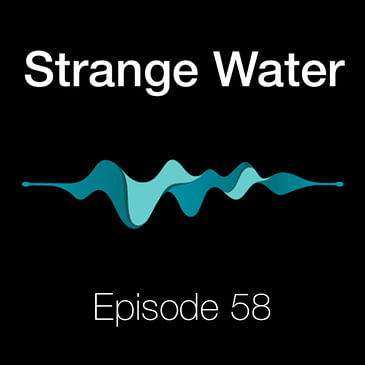This episode begins with the emergence of rollups as isolated spaces that, while offering quicker and cheaper transactions, risk fragmenting this shared ecosystem, potentially diminishing Ethereum's value. The question then shifts to address concerns about the proliferation of rollups, with forecasts suggesting the deployment of at least 10,000 by the end of 2024, raising questions about the future cohesion of Ethereum's ecosystem. Omni Network, co-founded by Austin King, which aims to integrate the expanding Layer 2 landscape, ensuring seamless asset movement and preserving Ethereum's foundational shared space concept. This network proposes a solution to maintain Ethereum's core value despite the fragmentation caused by rollups.



